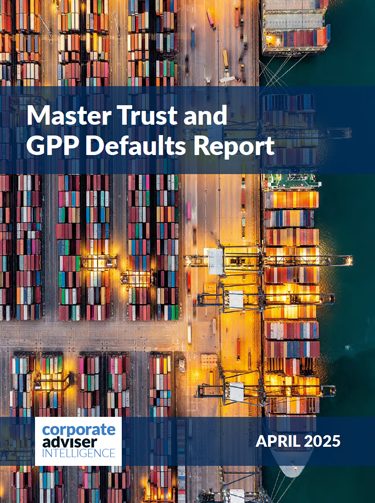The performance gap between the best and worst-performing DC growth-phase default strategies widened to 14.4 percentage points in 2024, up from 9.7 per cent in 2023, according to Barnett Waddingham.
The data showed that providers who switched from UK to US stocks saw the largest gains, with the best-performing growth-phase strategy returning 23.3 per cent and the lowest returning 8.9 per cent. Shorter-dated and high-yield debt did better, but credit did worse. The difference decreased over the decumulation phase, with returns ranging from 3.6 per cent to 8.8 per cent, compared to 8.1 per cent in 2023.
All providers outperformed CPI + 4 per cent in growth, and 90 per cent of them achieved the CPI + 2 per cent retirement target, despite growing differences. But during a five-year period, only 60 per cent achieved their growth goal, and none reached the retirement phase target.
Barnett Waddingham principal Hugo Gravell says: “As investment strategies become more sophisticated, it’s crucial for trustees and sponsors to ensure their governance frameworks evolve to assess value effectively.
“While it’s natural to focus on leaderboards, sometimes the best course of action is to stay the course rather than react hastily. Here, it’s important to take a structured approach: first, focus on outcomes – ensuring performance aligns with inflation and member needs. Second, test whether the strategy is truly right for members by assessing risk profiles and asset allocation.
“Finally, ensure any newfound complexity adds real value, especially as only 18 per cent of providers outperformed a fully passive version of their strategy in 2024’s growth phase, and just 27 per cent at retirement. Understanding performance drivers is getting harder and will be key to making informed, forward-looking strategic decisions.”





